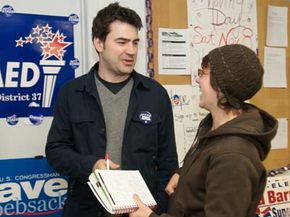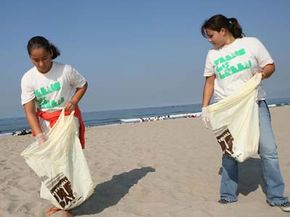Whether you're running a political campaign, cleaning up the community or promoting an independent film, volunteerism is a truly awesome tool to have at your disposal. After all, these people aren't simply willing to work on your cause free of charge; they're willing to adopt your cause as their own. This is the kind of grassroots power that can change entire political and social landscapes.
Of course, to harness the power of volunteerism, first you need to recruit your volunteers. As it turns out, there's more to this process than meets the eye. These people don't grow on trees, but in many ways, they are like the fruits of a healthy garden. Sure, some of them are ripe for the picking. Others, however, require a little nurturing prior to harvest, which entails outreach and even education. They may be tailor-suited to help a particular cause, but that doesn't mean they know the cause even exists yet.
Advertisement
The garden analogy stretches even further. If you don't have plans for your tomato crop, you risk wasting the tomatoes. And if you grow only tomatoes, then you can't get too bent out of shape when all your recipes call for zucchinis. Likewise, you want your influx of volunteers to match your needs -- and you want the right kind of volunteers.
In this article, we'll look at just how organizers go about nurturing and harvesting a crop of volunteers. First off, let's get a handle on the different types of volunteers out there for recruitment.
You've probably heard the term "army of volunteers" thrown around in the press before -- and not just in reference to an actual fighting force. Aside from making for a nice visual in a news article, the comparison is apt. A group of volunteers is much like an army.
Advertisement




